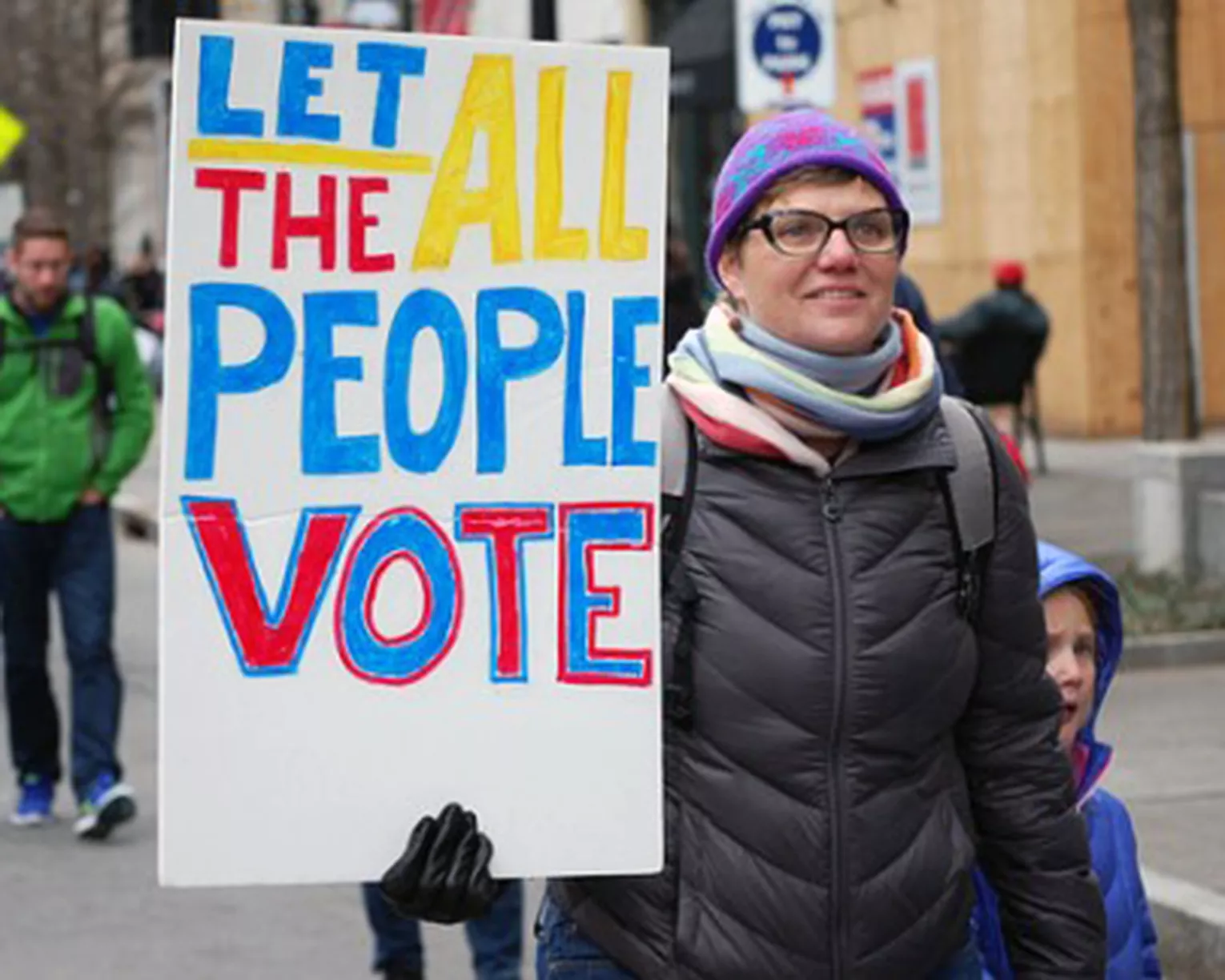Published: February 1, 2015
Last Updated: December 19, 2022
The 19th Amendment to the U.S. Constitution, which guarantees women the right to vote, was ratified on August 18, 1920. For the first time, women in all 48 states were able to cast votes on November 2, 1920. These lessons, activities, and resources help mark an important step in recognizing equal rights for all citizens.
Lesson Plans
- Suffrage Strategies: Voices for Votes Students in grades 3-8 examine primary documents, identify methods used to influence attitudes about women’s suffrage, and create original documents to encourage voting in current elections.
- Suffragists And Their Tactics Students in grades 6-12 examine two American Memory Collections to understand how the suffragists of the early 20th century changed the requirements for voting in America.
- Teaching With Documents: Woman Suffrage And The 19th Amendment
Provides primary documents and six activities that require students in grades 9-12 to work with the documents. NSH and NSCG standards are listed.
Activities
- Why Should Women Vote? The Suffrage Question Students in grades 7-12 analyze and arrange in chronological order eleven documents related to the women's suffrage movement following passage of the 15th Amendment.
Background Resources
- 19th Amendment to the U.S. Constitution: Women's Right to Vote includes the document, classroom resources, research links
- Exploring Constitutional Conflicts: The Nineteenth Amendment
Explores whether the 14th Amendment can be interpreted as guaranteeing the vote to women. - Topics in Chronicling America - The Nineteenth Amendment
Contemporary newspaper articles on the proposed 19th Amendment. - Women’s Suffrage Includes papers of the movement's early pioneers and those who followed, as well as records of leading national suffrage organizations.
- 75 Suffragists Brief biographies of important women in the movement.
- Women’s Suffrage, 1919
Video
- Women’s Suffrage: Jane Addams’s Article: Why Women Should Vote (2:08) Video, images, transcript, Addams’s essay, and other essays.
- Women's Suffrage | Crash Course US History #31 (13:30) John Green presents an entertaining overview of American women in the Progressive Era to students in grades 9-12. National Standards are listed.
- Not For Ourselves Alone: The Story of Elizabeth Cady Stanton and Susan B. Anthony The companion website for the Ken Burns film features lesson plans and resources.
Links to external websites are provided for informational purposes only. NEA assumes no responsibility for the content or policies of external websites.
Are you an affiliate?
Jump to updates, opportunities, and resources for NEA state and local affiliates.

Voter Suppression is Real
Efforts to suppress the vote continue today. Learn more about proposed bills in Congress to protect voting rights and what you can do to help.
Stay Informed We'll come to you
We're here to help you succeed in your career, advocate for public school students, and stay up to date on the latest education news. Sign up to stay informed
